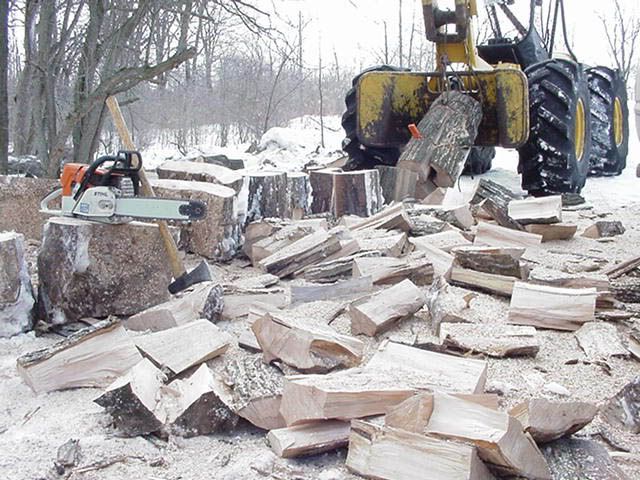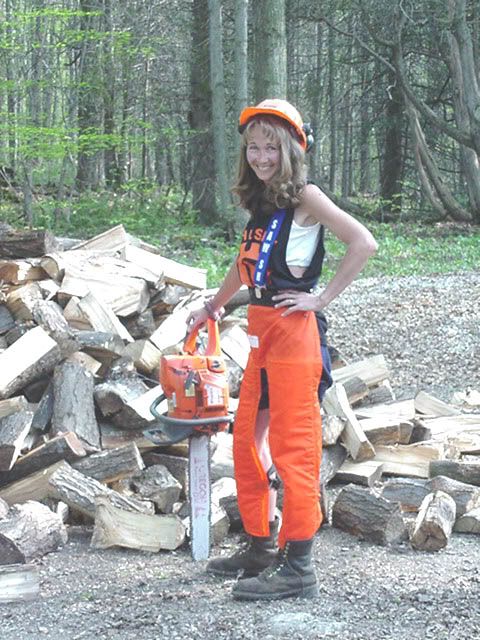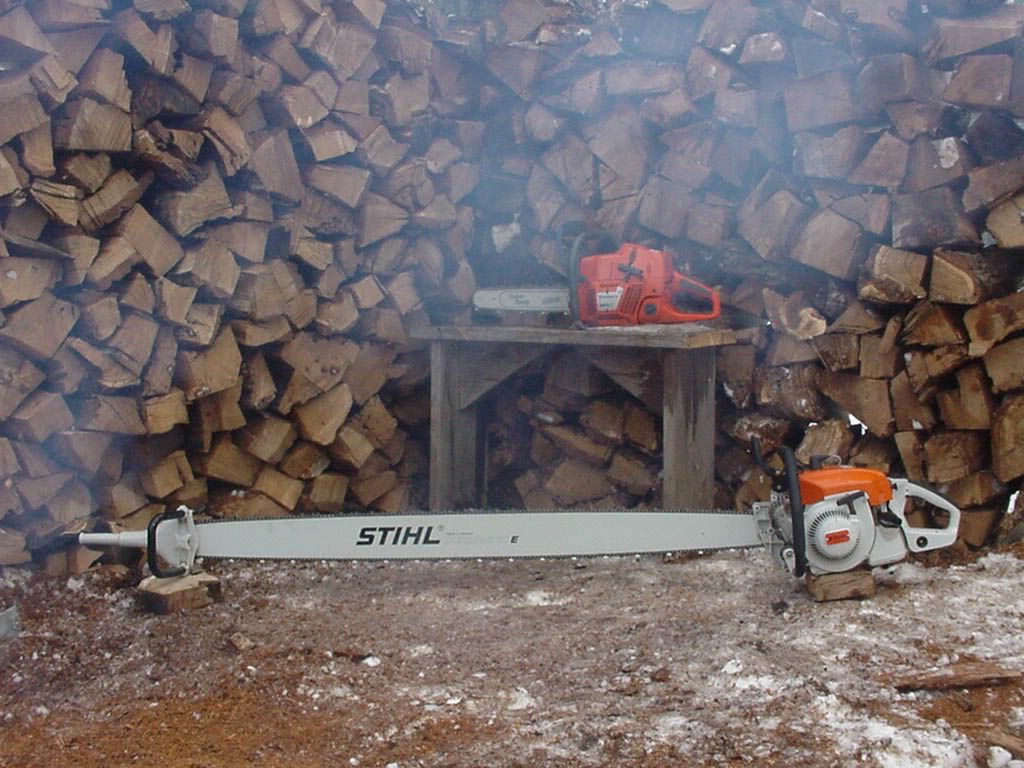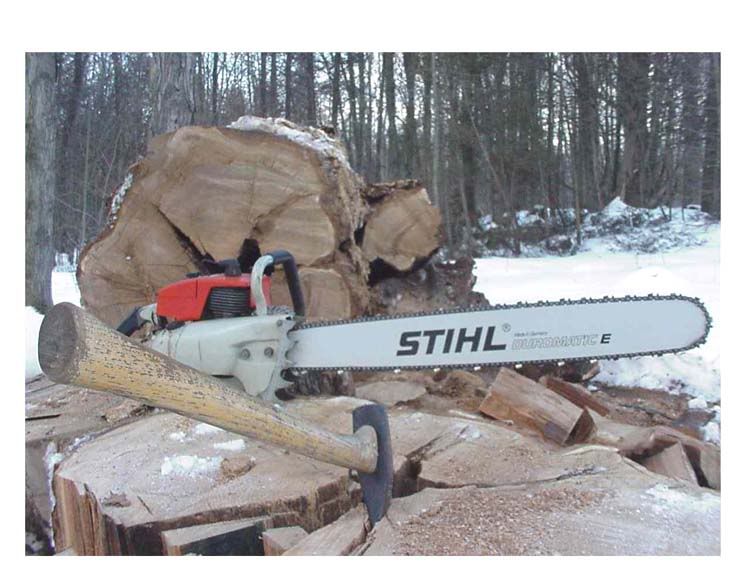The most common firewood here is alder. No pitch, easy to split, small diameter, easy to fell and only few small limbs to cut, fast to dry, sufficient BTU.
Another trees are next.
Aspen, takes long time to dry, very heavy and full of water when cutted, but very good cleanly burning wood when dry. Easy to split, grows up to diameters around 30", but prone to trunk roting (hollow trunks).
Birch, heavier-denser wood. Gives lot of heat, bark produces some pitch. Not very easy to split. Needs good seasoning. Was very common and rated firewood earlier times. Now is going mostly into wood industry.
Oak, rare here.
Maple, rare here
Linden, rare here
Willow, low BTU, long to season, poor firewood
Pine, mostly goes to logs. Only dead ones are going to firewood. Not bad firewood. Burns violently. Soaked with turpentine ones are burning like petroleum and can crack your fireplace.
Spruce, mostly goes to logs too. Dead ones are for firewood, but low BTU, lot of limbs, heavy to split.






